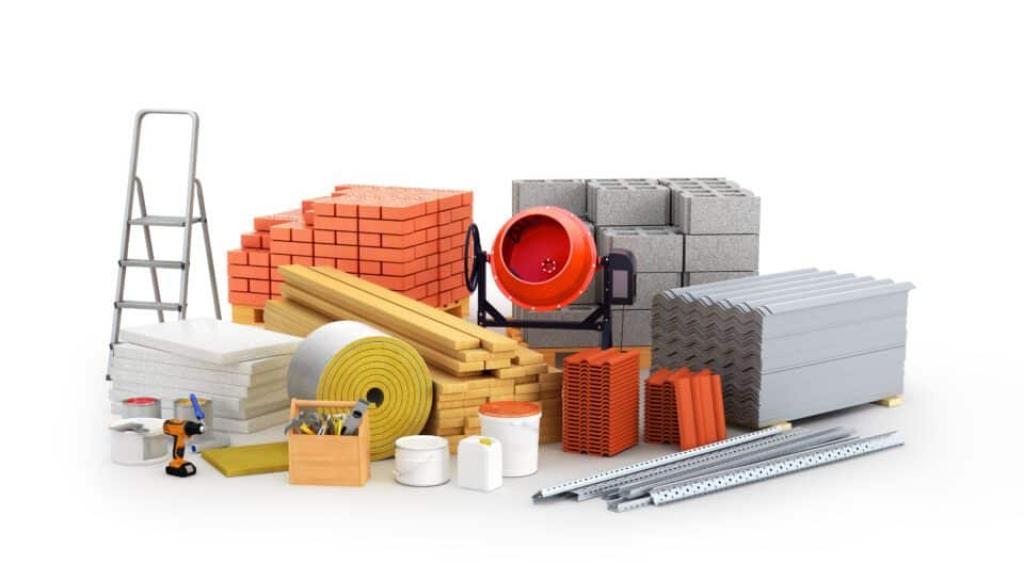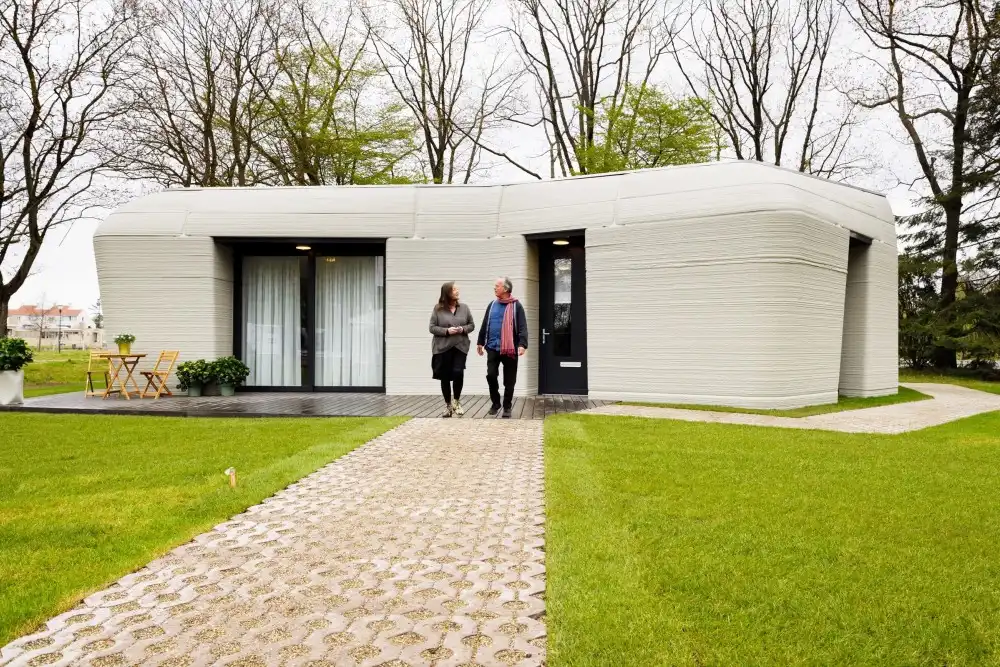
Modern Building Materials and Their Environmental Impact
Modern Building Materials and Their Environmental Impact
The construction industry is one of the largest contributors to environmental challenges, including resource depletion, energy consumption, and waste production. However, in recent years, new innovations in building materials have emerged, aiming to address these concerns while also offering practical solutions that reduce construction costs. These modern materials are playing a pivotal role in creating more sustainable buildings, promoting energy efficiency, and minimizing environmental impact. In this article, we will explore how these new materials are transforming the construction industry.
Sustainable Materials: The Foundation of Green Construction
Sustainability is at the heart of modern building materials. Traditional construction materials such as concrete and steel are resource-intensive and emit high levels of carbon dioxide during production. However, newer materials are designed with sustainability in mind, offering alternatives that are both eco-friendly and cost-effective.
Bamboo is one such material gaining popularity. Known for its rapid growth and strength, bamboo is an incredibly sustainable choice for building projects. Unlike timber, which can take decades to mature, bamboo can be harvested every few years, making it a renewable resource. It’s also lightweight and highly durable, offering structural benefits while reducing transportation costs due to its low weight.
Another sustainable material gaining traction is recycled steel. Steel is one of the most widely used construction materials, but it requires a lot of energy to produce. Using recycled steel significantly reduces energy consumption and cuts down on waste. In fact, up to 90% of the energy used in steel production can be saved by utilizing recycled steel. Additionally, recycled steel maintains the same strength and quality as new steel, making it a viable alternative in many construction applications.

Energy-Efficient Materials for Better Insulation
Energy efficiency has become a top priority in construction, and building materials that help regulate temperature and reduce energy consumption are increasingly in demand. Insulated concrete forms (ICFs) are one such innovation that is both cost-effective and environmentally friendly. ICFs are made from a combination of concrete and insulation materials that provide excellent thermal performance. Buildings made with ICFs require less energy for heating and cooling, reducing energy costs and minimizing carbon emissions.
Another energy-efficient material is aerated concrete. This lightweight material has air pockets that make it an excellent insulator, reducing the need for additional insulation. Aerated concrete is also fire-resistant and offers good soundproofing qualities, making it a versatile and sustainable option for construction.
Recycled glass is another material used for insulation. When crushed and processed, recycled glass can be transformed into insulation boards or used in other building applications. This reduces the need for raw materials and helps divert glass waste from landfills, making it a sustainable choice.
Low-Carbon Alternatives to Traditional Cement
Cement production is a major contributor to carbon emissions, accounting for approximately 8% of global CO2 emissions. To combat this environmental impact, companies are developing low-carbon alternatives to traditional cement. One such material is geopolymer cement, which uses industrial by-products like fly ash or slag instead of limestone, which is traditionally used in cement. This drastically reduces the carbon footprint of cement production while providing a strong and durable building material.
Another emerging alternative is hempcrete, a material made from hemp fibers and lime. Hempcrete is lightweight, strong, and highly insulating, making it a sustainable alternative to concrete. Hemp grows quickly, requiring little water and no pesticides, and its production process is far less energy-intensive compared to traditional cement. In addition, hempcrete has carbon-sequestering properties, meaning it actually absorbs CO2 as it cures, further reducing its environmental impact.

Water-Based Paints and Coatings
The use of harmful chemicals in paints and coatings has long been a concern in the construction industry, not only for the environment but also for human health. New innovations in water-based paints are addressing these concerns by providing non-toxic, low-VOC (volatile organic compounds) alternatives. These paints are made using water as the solvent, which significantly reduces the number of chemicals released into the atmosphere during application.
Water-based paints are now available in a variety of finishes, including those that mimic the look and feel of traditional oil-based paints. They offer better durability, faster drying times, and are safer for both the environment and those who apply them. These eco-friendly coatings are becoming a preferred choice for residential and commercial buildings alike.
3D-Printed Buildings: The Future of Construction
A truly groundbreaking innovation in modern building materials is 3D-printed construction. Using large-scale 3D printers, buildings can now be constructed layer by layer with materials like concrete, recycled plastic, and even biodegradable materials. This method not only reduces material waste but also allows for highly efficient and precise construction, reducing labor costs and speeding up the building process.
One of the major environmental benefits of 3D printing is the potential for using locally sourced, recycled, or sustainable materials in construction. For example, researchers have been experimenting with 3D-printing using recycled plastic waste to create structural components. This approach could help tackle plastic pollution while reducing the need for new raw materials. Furthermore, the precision of 3D printing ensures that only the exact amount of material needed is used, minimizing waste.

The Benefits of Modern Building Materials
The environmental benefits of using modern building materials are clear. By reducing waste, conserving energy, and utilizing renewable or recycled resources, these materials are helping the construction industry lower its carbon footprint. Not only are they more sustainable, but they also offer practical advantages, including cost savings, improved energy efficiency, and better durability.
For example, the use of recycled materials such as glass and steel reduces the need for virgin resources, which in turn reduces the energy and water required to extract and process these materials. Furthermore, energy-efficient materials like ICFs and aerated concrete lower heating and cooling costs, providing long-term financial savings for homeowners and building owners.
Additionally, many of these materials have lower maintenance requirements, helping to reduce the overall lifecycle costs of a building. With the increasing demand for green and sustainable building practices, the adoption of modern building materials is poised to continue growing.
Conclusion
As the world continues to grapple with environmental challenges, the construction industry must innovate and adapt. Modern building materials are helping to reshape the way we think about building and design, offering both environmental and financial benefits. From sustainable alternatives like bamboo and hempcrete to energy-efficient materials and 3D printing, the future of construction is looking greener and more efficient. By embracing these new materials, we can reduce construction costs, minimize environmental impact, and create buildings that are not only functional but also environmentally responsible.










